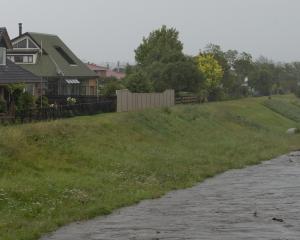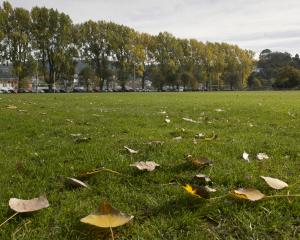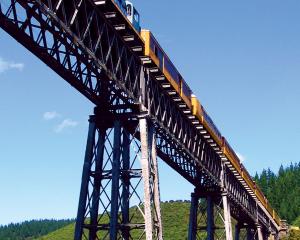
At present, powdery synthetic hydroxyapatite material is used to fill in gaps in bones, before they heal.
Dr Jithendra Ratnayake last year worked on extracting hydroxyapatite from cattle bones - however, the hydroxyapatite from bulls' teeth was about 100 times stronger, and a sharp contrast to anything available at present.
"This one is a lot harder," he said.
Due to the excellent mechanical properties of the product made from the teeth, it would also be able to be used in orthopaedic applications - and potentially other surgical uses as well.
Students were tasked with extracting the teeth from the cattle jaws, sourced from an abattoir. Only incisors were used because removing the molars was too difficult.
If they found a way of prising the molars out, it was possible they could be used to create a stronger product again.
One very small block of Geistlich Bio-Oss, the synthetic product currently used, cost about $700.
Dr Ratnayake estimated one bone graft from the bulls' tooth material could be created for $5 or
$10.
Only the root of the bull's tooth was used, and one root could create three dental bone grafts.
The next stage would be to test the product on animals, before carrying out a trial on humans. Eventually Dr Ratnayake hoped to market it in New Zealand and overseas.
He had been working on the product with anatomy professor George Dias, oral medical consultant Dr Simon Guan, dental school lecturer Dr Peter Cathro and students Shay Taylor, Eden Ross, and Kyle Shanaselt.
Dr Ratnayake and his team were working on developing both bone graft products at the same time.
Bulls' teeth were a waste product, so did not cost anything - and the procedure of extracting the hydroxyapatite, used to make the grafts, was also very cheap and environmentally friendly, involving water and heat pressure.
"We used a very economical and very simple method. You don't use any chemicals.
"Anyone would be able to do it."












